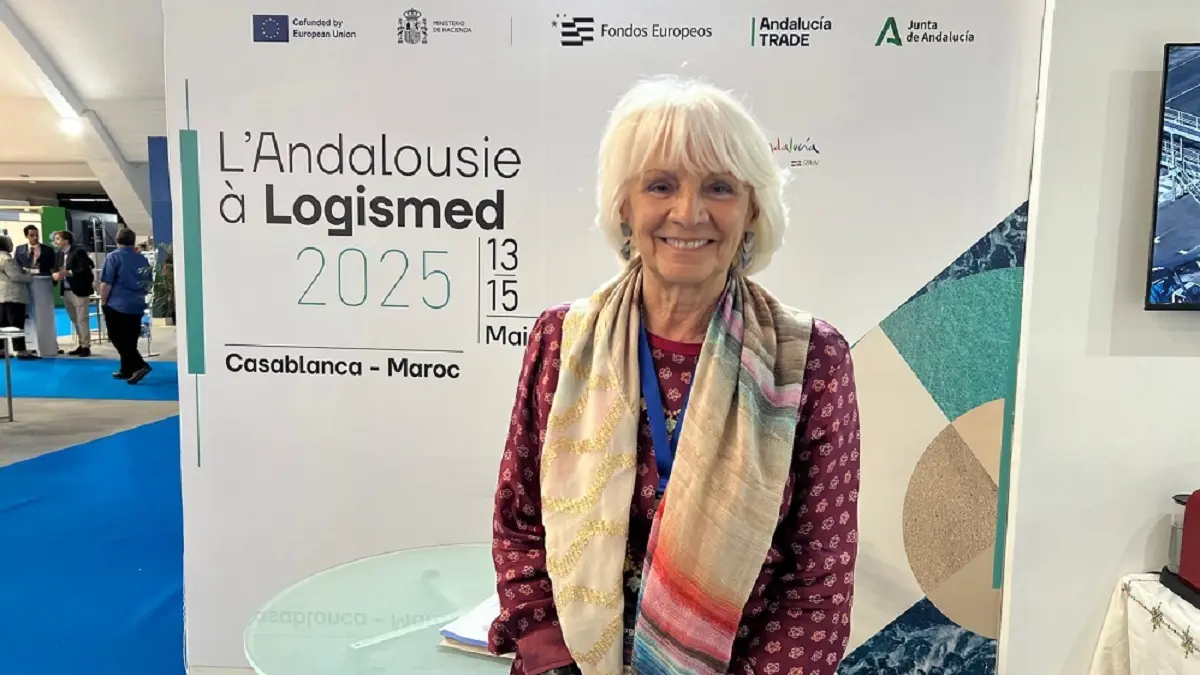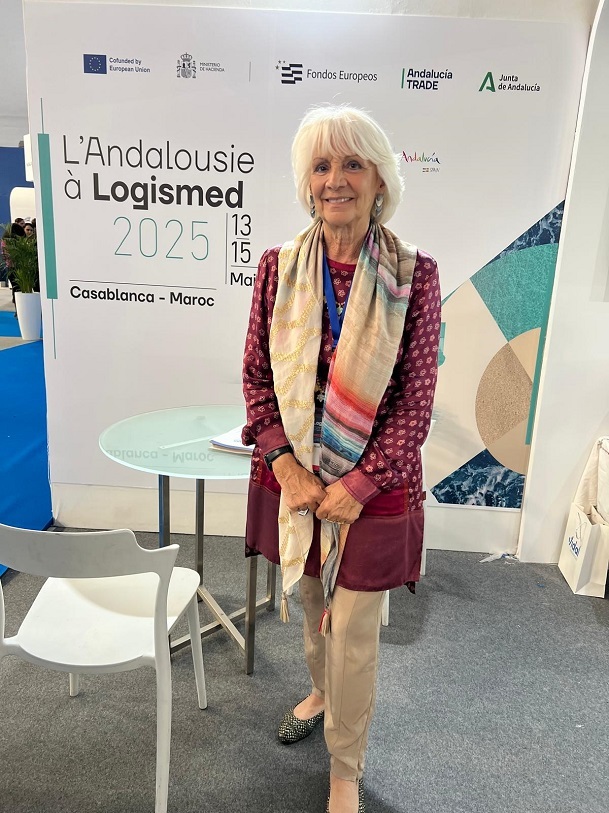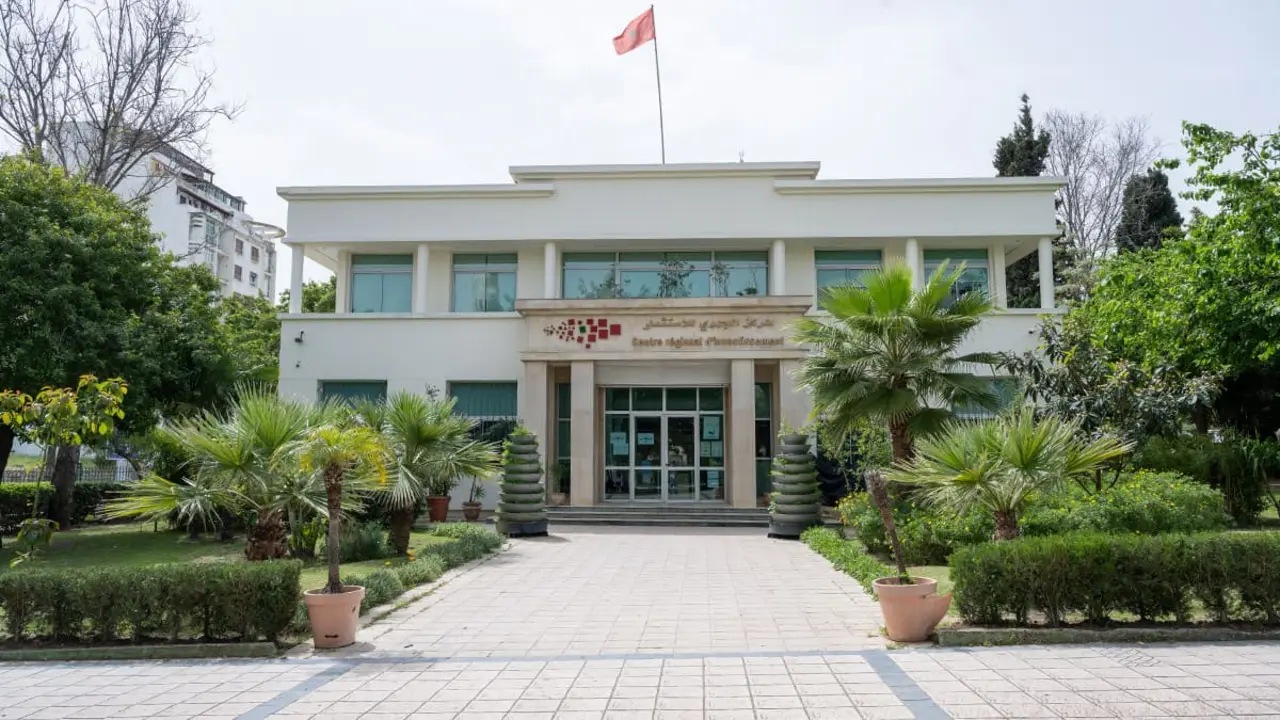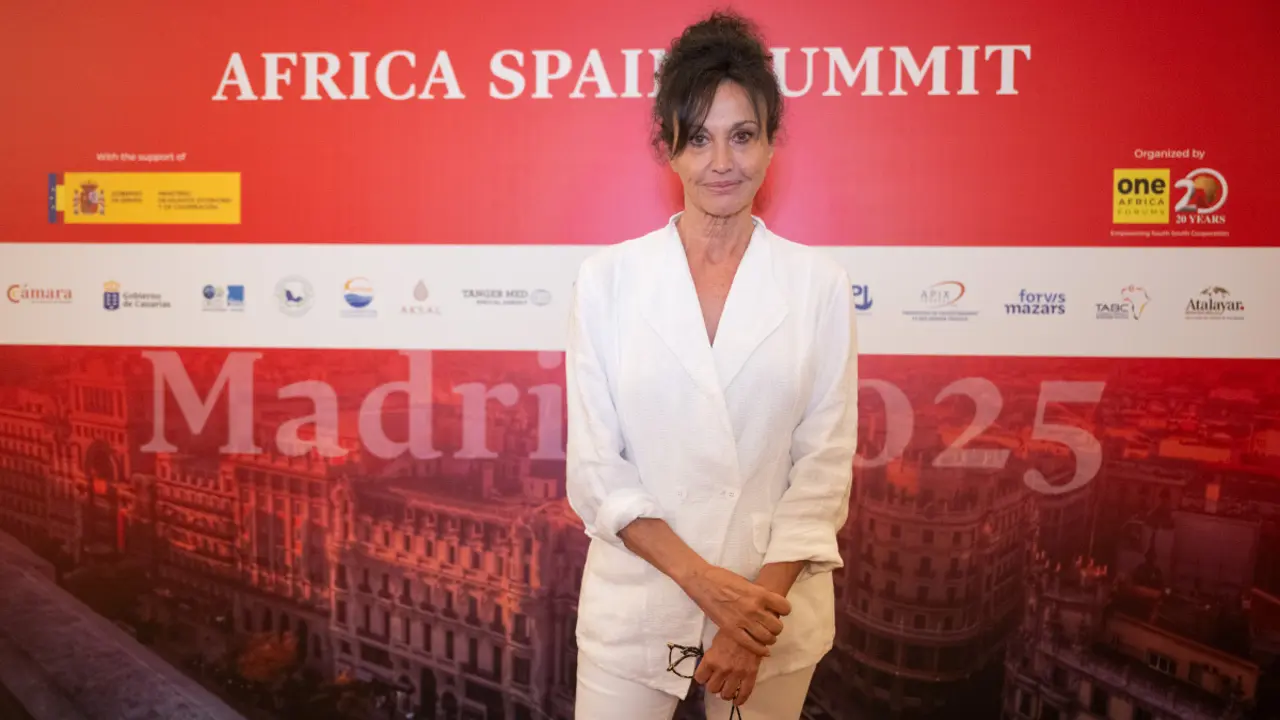The port of Cádiz strengthens its ties with Africa through Morocco

During her visit to the Logismed International Logistics Fair, held in Casablanca (Morocco) from 13 to 15 May, Teófila Martínez, former president of the Port Authority of the Bay of Cádiz, spoke to Atalayar about the importance of maritime connections between Spain and the African continent.
"The objective of the Port Authority of the Bay of Cádiz for the last five or six years has been precisely to expand our relations with African and Latin American ports and exporters. With Morocco, Cádiz had a permanent line with Casablanca that ceased operations in 2014,‘ explained Martínez, who clarified that ’what we intend to do is open a route with the port of Agadir and resume the connection with Casablanca."
‘We have come to Logismed to make the quantity and quality of the services and logistics assets of the Bay of Cadiz available to institutions and companies, as well as to support those entrepreneurs who operate not only in the port of Cadiz, but in all Andalusian ports,’ said Martínez, who urged an increase in the tonnage of goods entering the port and the strengthening of maritime routes with the Canary Islands.

Morocco will facilitate the Atlantic connection
According to Teófila Martínez, the port of Cadiz is well connected by a double electrified line and will soon be part of the basic network, as will the port of Huelva, meeting the European Union's requirements for cargo movement. In addition, opening lines to Cadiz means connecting by rail to the central Atlantic corridor and to the Mediterranean via the Seville-Madrid line.
‘We want to take advantage of the momentum that has emerged after the pandemic, in which I believe Morocco wants to play an important role in connecting the Atlantic coasts of Northern Europe and Southern Africa, thanks to the port of Tangier Med, which is located between the Atlantic and the Mediterranean,’ said Martínez.
With the ports of Dakhla, Agadir, Casablanca and Tangier Med, Morocco has become a very important logistics hub in North Africa. The country has a clear vision regarding the connections between the coastal countries of Africa and Europe and the access of sub-Saharan countries to the Atlantic.
As Martínez explained, America, with 2 billion inhabitants, and Africa, with 1.5 billion, represent a promising market that is going to start consuming as the Indians and Chinese did a few years ago. ‘This will require enormous movements of goods and raw materials, and obviously, both Agadir and Dakhla, as well as Casablanca, Huelva and Cadiz, will play an important role,’ explained the former president of the Port Authority of the Bay of Cadiz.
Making the most of the Bay of Cadiz's capabilities
‘The ports of southern Europe and, in the case of Spain, the Andalusian ports constitute a major logistics hub for southern Europe, and we are equipped with the necessary facilities to serve as a storage centre for raw materials and perishable goods at the border through logistics zones,’ emphasised Teófila Martínez.
"We have five docks: a 600-metre-long dock in the free zone; a new 42-hectare container terminal connected by rail within a year to the basic European network; a new PIV (Vehicular Underpass) with 16 control ports; a specific dock for traffic with the Canary Islands with ro-ro ramps; as well as cruise ship docks where we handle almost 340 or 350 calls per year," she reported.
As Teófila Martínez explained to Atalayar, the important thing is to make these capacities profitable, to which can be added an aquaculture cluster and an important nautical-sports area in the Port of Santa María. As for aquaculture, a state-of-the-art fish farm is to be built over the next two years, with an investment of around 30 million euros, to export the products most in demand in Japan after tuna.
‘Among the port's assets that need to be promoted and maximised for profitability are the recreational boats that adorn the coast of Cadiz, through Puerto Sherry, which is a port concession of the Cadiz Bay Port Authority, in addition to the two nautical-sports facilities in Cadiz city, as we are a world power in sailing sports,’ she concluded.










